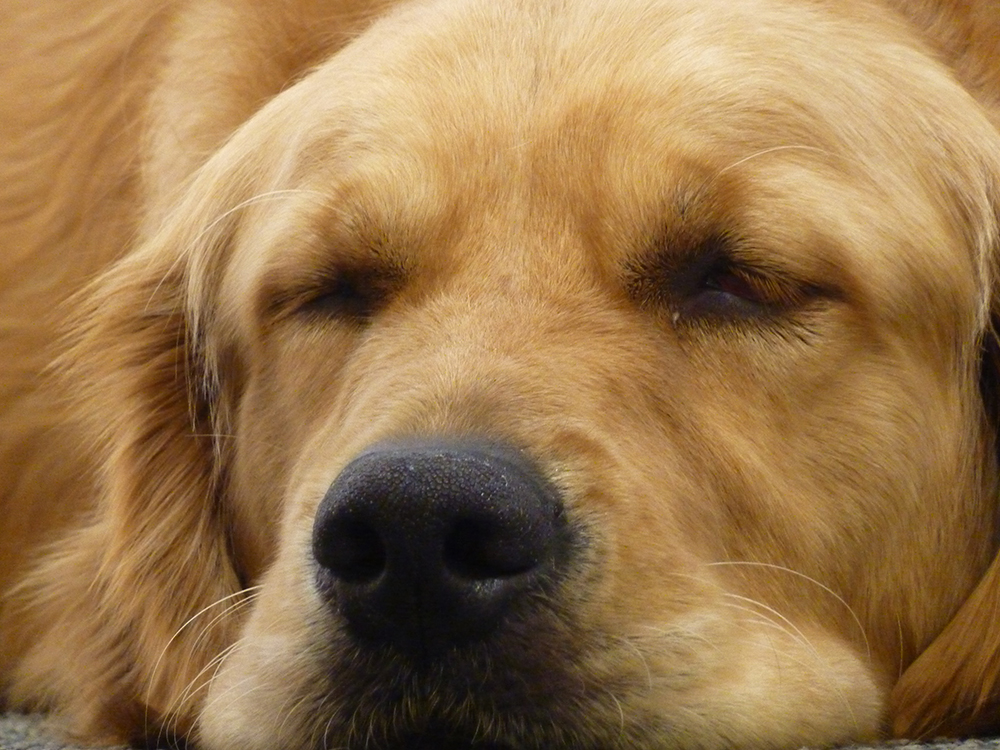RECOIL OFFGRID Survival Infographic: Animal Sleep Patterns & Nocturnal Activity
Have you ever wondered why certain animals always seem to be sleeping? Whether it's your pet napping all day around the house, or wild animals becoming seemingly invisible during the daytime, there's a simple answer to this question. Biologists have studied various animal species, and determined that their sleep patterns vary dramatically.

It's easy to assume our pets are being lazy, but they don't operate on the same sleep schedule we do.
Some animal species are purely nocturnal, while others are active throughout the day and night. Certain animals sleep in long stretches like humans, while others take many quick naps throughout the day. Specific species can even snooze while moving around, or stay alert for days on end.
So, as survivalists, why should we care about animals' sleep patterns? There are two reasons. Firstly, any experienced hunter can tell you that understanding when animals are active increases your odds of putting food on the table. Second, understanding when dangerous wild animals are on the prowl can help you stay safe while camping, hiking, backpacking, or surviving outdoors.

The following infographic from Sleepopolis shows a comparison of various animals' sleeping habits. For a larger and easier-to-read version, click on the image, then select the “Download” button in the top right corner. Alternatively, you can click here for a direct link.
The above graphic provides perspective, but you obviously won't be hunting whales, giraffes, or orangutans in a survival situation. So, here's another infographic which focuses on more common wildlife. Researchers installed motion-sensing cameras in areas surrounding Chicago, then used the photos to chart animal activity throughout the day. Unsurprisingly, deer were active during the day, but due to their sleep patterns, other species were rarely spotted between 7am and 5pm.
For more on animal behavior and tracking, check out our previous infographic post about recognizing animal footprints and droppings.
 STAY SAFE: Download a Free copy of the OFFGRID Outbreak Issue
STAY SAFE: Download a Free copy of the OFFGRID Outbreak Issue
No Comments